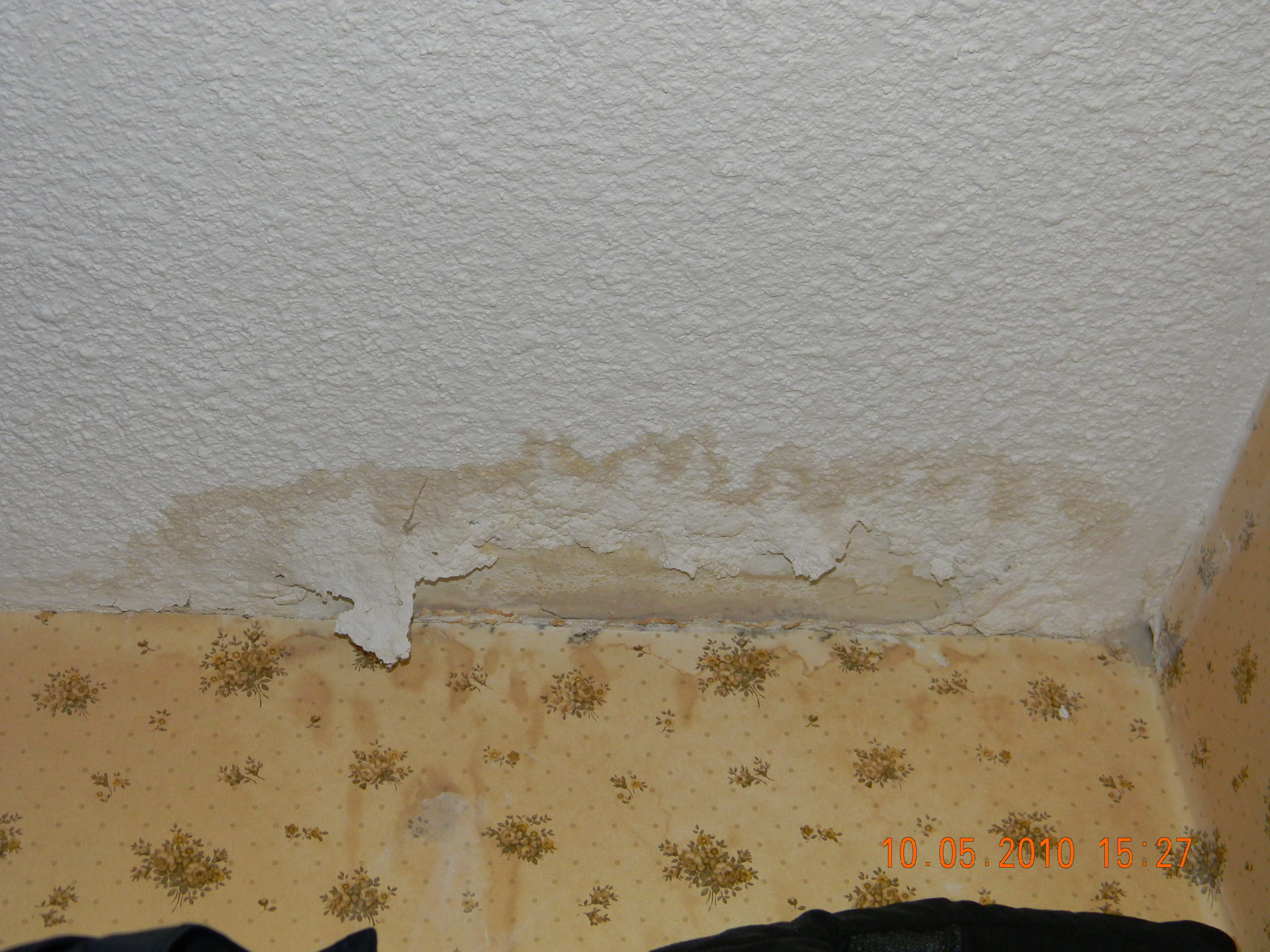How to Stop Water Damage in Your Bathroom
How to Stop Water Damage in Your Bathroom
Blog Article
What are your thoughts and feelings on How to Repair and Prevent Bathroom Water Damage?

The washroom is extremely vulnerable for moist build-up as well as prospective water damages because of the constant use water in it. This write-up supplies simple inspection techniques to help identifying water damage risks.
The regular use of water in the restroom makes it incredibly susceptible for damp build-up as well as prospective water damage. By examining it routinely, you can reduce water related damages.
The adhering to collection of examinations is very easy to do as well as should be done as soon as in every 3 months in order to maintain your shower room in good shape and to prevent potential water problems brought on by the tub, the shower, pipe joints and plumbing, sinks, cabinets, as well as the toilet
Do not neglect performing these examinations and also be extensive while doing them. Keep in mind that these simple examinations can conserve you a lot of money by giving very early indications for water damage
Sinks and also Cabinets
Sinks as well as cabinets are revealed to dampness as well as humidity day-to-day as well as are frequently forgotten. Check routinely under the sink and also on the countertop over it. Repair any kind of drip in the catch as it may recommend drain problems. Browse the sink, sluggish draining pipelines might indicate an obstructed drain. Change sink seals if they are cracked or loosened.
Tub and Shower
The shower as well as bathtub call for special focus as well as maintenance. Examine the tiles as well as replace if broken. See to it that there is no missing cement in between the tiles. Check and change cracked caulking at joints where the wall surfaces meet the flooring or the bathtub. Obstructed drains pipes and pipelines problems will certainly prevent the bath tub from drying as well as may suggest serious issues under the tub. Seek advice from an expert right away to stop structural damages. Pay attention to discolorations or soft locations around the bathtub wall surfaces as they might suggest an inner leak.
Plumbing
Signs for water damage are tough to spot given that most pipelines are mounted inside the walls.
Pay unique focus to flooring as well as wall surfaces moisture as well as discolorations as they may indicate an unnoticeable plumbing trouble. Check wetness degrees in adjacent rooms also.
The Commode
The toilet is a susceptible water joint. Examine the water lines and search for leakages around the commode seat, in the hose, as well as under the water storage tank. If you identify any indications of wetness on the flooring around the toilet, check for leaks in the toilet edge and also container seals.
Be aware that hanging bathroom dish antiperspirants raises the chances for clogs.
TIPS TO PREVENT WATER DAMAGE IN THE BATHROOM
The average household uses approximately 80-100 gallons of water per person per day. For a family of 4, that's almost 2,500 gallons of water a week! The largest portion of this consumption comes from bathroom use. Flushing the toilet uses the most water, followed by taking a shower or bath. With that much water running through the home, water damage in the bathroom is bound to happen. Knowing how to spot signs of a water leak is essential to preventing long-term damage. This guide provides you with tips to reduce the impact of water damage on your bathroom.
CAUSES OF BATHROOM WATER DAMAGE
Pipe breaks are the most common cause of water damage we see in our daily jobs. The age of a pipe plays a large role in a pipe break as well as corrosion. Over time, the metal begins to break down, allowing water to escape. Frozen pipe breaks are also a concern in the winter months. Toilet overflows caused by paper products or children flushing inappropriate items. Degraded caulking around the toilet or bathtub can allow water seepage, sometimes behind the fixture, into the subfloor or walls. Condensation forms when the water in a pipe is cooler than the air temperature. Beads of water form on the exterior of the pipes, sometimes so much so that the water begins to drip and pool below. Sink or shower backups created by poor drainage. HOW TO PREVENT WATER DAMAGE IN YOUR BATHROOM
Inspect your toilet supply line for worn or frayed hoses and replace them as needed. Winterize your plumbing to prevent a frozen pipe break. Use vent fans to prevent condensation that can lead to mold growth. Routinely check and replace degraded caulking around your toilet or bathtub. Increase the temperature in your toilet tank and insulate your pipes during the warm summer months to keep condensation from forming. Use child safety locks on the toilets. Flush only toilet paper. "Flushable" wet wipes are actually not good for your plumbing system. Additionally, feminine hygiene products should not be flushed. Prevent water from escaping the tub or shower. Make sure shower curtains are in good condition. Inspect shower doors and replace the seal strip if necessary. Wipe up any water that accumulates on the floor and use bath mats. Water left to sit can cause damage to the tiles and flooring. Refrain from using bath products containing heavy oils to avoid a clogged drain.

Do you appreciate more info about How to Fix a Water Damage Bathroom? Try to leave feedback further down. We would be interested to see your opinion about this post. In hopes that you come back again before long. Sharing is nice. Helping others is fun. We take joy in reading our article about Common Causes of Water Damage in a Bathroom.
Book Your Service Report this page